No gato: BC3830
Tamaño: 50T/48S
Almacenamiento: The reagents are transported at room temperature, stored as required after arrival, and stable within 0.5 años.
Product Composition
Reagent Ⅰ: 20 mL×1. Almacenamiento a -20 ℃;
Reagent Ⅱ: 60 mL×1. Almacenamiento a -20 ℃.
Reactivo Ⅲ: 0.55 mL×1. Almacenamiento a -20 ℃, evitar la luz. 5mM pNA standard: 1 mL×1. Almacenamiento a -20 ℃, evitar la luz.
Preparation of Standard Diluent: llevar 9 mL of Reagent Ⅰ and add 1 mL of Reagent Ⅱ, mezclar bien, and wait for use. (it can also be prepared according to the ratio of Reagent Ⅰ: Reagent Ⅱ = 9:1).
Descripción del Producto:
Caspase is a family of proteases involved in the process of apoptosis, including more than 10 members. Caspase-3 is the most important terminal protease in the process of apoptosis, and it is also the most studied caspase; it activates pro-caspase-2,6,7,9, specifically hydrolyzes a variety of key apoptotic proteins, such as PARP, and mediates chromatin condensation, apoptotic body formation, and nuclear DNA fragmentation.
The caspase-3 colorimetric assay is based on the hydrolysis of the peptide substrate DEVD-pNA (Asp- Glu-Val-Asp-p-nitroanilide) by caspase-3, resulting in the release of the p-nitroaniline (pNA) moiety. pag- Nitroaniline has a high absorbance at 405 Nuevo Méjico. The activity of Caspase can be calculated by detecting pNA. This kit is suitable for mammalian tissue and cells.
Reactivos y equipos necesarios pero no suministrados:
Spectrophotometer/Microplate reader, 100μL cuvette/ 96-well plate, centrífugo, water bath/incubator, pipeta ajustable, mortero/homogeneizador, hielo, y agua destilada.
Procedimiento:
A. preparación de la muestra:
- Células: collect the cells into the centrifuge tube, centrifuge and discard the supernatant; add 100μL Reagent Ⅱ to the number of cells (acerca de 106 células), shake and resuspend the precipitate, then stand on ice for15 min, centrifuge 15000g at 4℃ for 10 15 mín., take the supernatant and place it on ice for (it can be increased to 150-200 μL Reagent Ⅱ if the cracking is not enough)
- Tejido: according to the ratio of tissue mass (gramo): Reagent Ⅱ volume (mililitros) de 1:5-10 (it is recommended to weigh about 0.1 g of tissue and add 1 mL of Reagent Ⅱ), grind it in an ice bath or cut it thoroughly, place it on ice for 15 mín., centrifuge it at 4℃ for 10-15 mín., take the supernatant and place it on ice for testing.
B. Determinación procedimiento:
- Precaliente el espectrofotómetro/lector de microplacas durante 30 minutos, ajustar la longitud de onda a 405 Nuevo Méjico, and adjust the distilled water to zero.
- Antes de usar, 5 mmol/L PNA standard solution is diluted to 200, 100, 50, 25, 5, y 0 μmol/L standard solution with standard solution diluent.
- Determinación de muestras (add the following reagents in sequence in 96 buen plato / EPtube)
| Reagent name(μL) | Tubo de ensayo (EN) | tubo en blanco (AB) | tubo estándar (COMO) |
| reactivo yo | 40 | 40 | |
| muestra | 50 | ||
| Reactivo II | 50 | ||
| Reactivo III | 10 | 10 | |
| standard solution | 100 | ||
| Mezclar bien, cover 96 well plates tightly, and seal with sealing film. Incubate at 37℃ for 60-120 minutos. When the color change is obvious, la absorbancia en 405 nm can be determined. If the color change is not obvious, the incubation time can be extended appropriately, even overnight. Blank tubes only need to do 1-2 veces. Calculate ΔAT =AT-AB. | Immediately determine the absorbance at 405nm | ||
C. Activity calculation:
- Establishment of the standard curve
The standard equation is made according to the concentration of the standard tube (X, μmol/L) and ΔAS (y, minus the tube with 0 concentración). The determination of ΔAT is substituted into the standard equation to obtain x (μmol/L).
- According to the increased percentage of enzyme activity
Increased percentage of caspase-3 activity = ((experimental treatment group AT)- AB) / ((experimental control group AT)- AB) × 100%
The method is simple and reliable and can be used to determine the enzyme activity roughly.
- Calculated by enzyme activity
One unit is the amount of enzyme that will cleave 1.0 nmol of the colorimetric pNA-substrate per hour at 37℃ under saturated substrate concentrations. we can calculate the caspase activity in the sample.
Caspase-3 activity (Prot. U/mg) = x × VR ÷ (VS × Cpr ) ÷ T × 103 = 2x ÷ Cpr ÷ t
VR: total volume of the reaction system, 0.1 mL = 10-4 L; VS: volume of added sample, 0.05 mililitros; t: tiempo de reacción, 1 h; RCP: concentration of sample protein, mg/mL; 103: unit conversion coefficient, 1 μmol = 103 nmol.
Nota:
- Since Reagent I contains a reducing agent (TDT), it is recommended to dilute the sample 2 times with distilled water and then use the Bradford method to determine the protein concentration to reduce the interference of DTT on the protein concentration determination. It is not recommended to use the BCA method to determine protein
- The most common reason for the low Caspase activity value is that the cells have not undergone apoptosis, the amount of cells is too small or the observation time is When inducing apoptosis, it is not that the larger the dose, the longer the time, the higher the Caspase activity. It is recommended to set different doses and time points such as 0, 2, 4, 8, 16, y 24 hours to detect the best observation point.
- When the value of the measured sample is higher than the upper limit of the standard curve, the sample can be diluted with Reagent Ⅱ and then re-measured.
- Tightly cover the 96-well plate and seal it with parafilm. Incubate at 37 ºC, the OD405 value when the color turns yellow is about 0.2, which can be measured at this time. The insignificant color change can prolong the reaction or overnight, but when the enzyme activity is strong, too long incubation time will cause the reaction to lose the linear
Recent Product Citations:
- Wang B , Wang K , Jin T , et al. NCK1-AS1 enhances glioma cell proliferation, radioresistance, and chemoresistance via the miR-22-3p/IGF1R ceRNA pathway[j]. Biomedicine & Pharmacotherapy, 2020, 129:110395.
- Wang Z , Xu J H , Mou J J , et al. Novel ultrastructural findings on cardiac mitochondria of huddling Brandt’svoles in a mild cold environment[j]. Comparative Biochemistry and Physiology – Part A Molecular & Integrative Physiology, 2020, 249:110766.
Referencias:
- Cohen GM. Caspases: the executioners of apoptosis. Biochem J, 1997, 326:1-16.
- JanickeR U, Sprengart M L, Wati M R, et Emerging role of caspase-3 in apoptosis[j]. Cell Death and Differentiation, 1999, 6:99-104.
Productos relacionados:
BC3810 Caspase-1 activity assay Kit BC3820 Caspase-2 activity assay Kit BC3840 Caspase-4 activity assay Kit BC3850 Caspase-5 activity assay Kit BC3860 Caspase-6 activity assay Kit BC3880 Caspase-8 activity assay Kit BC3890 Caspase-9 activity assay Kit
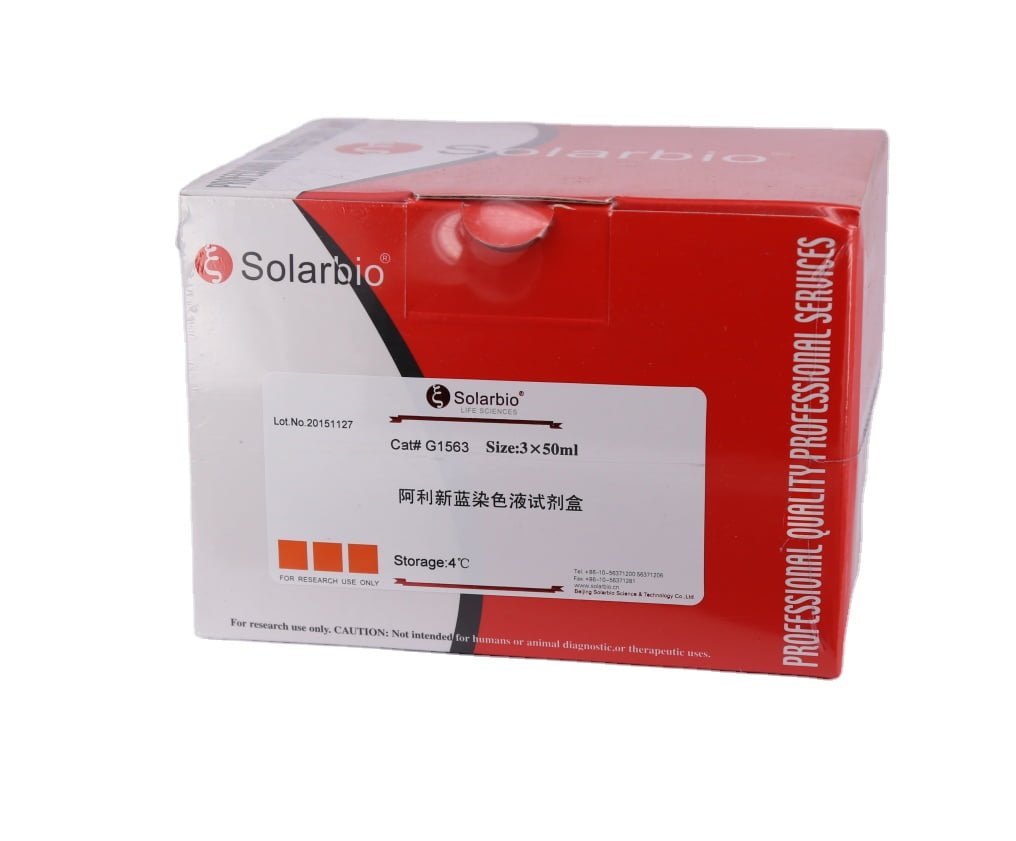
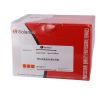
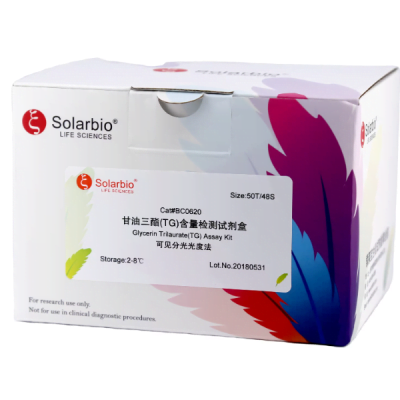
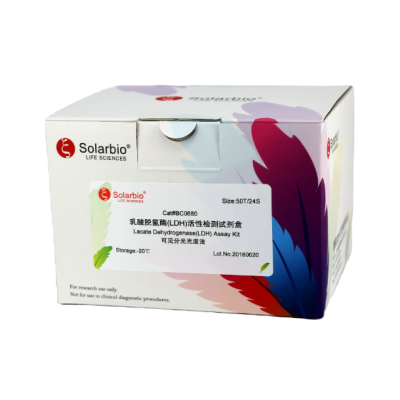
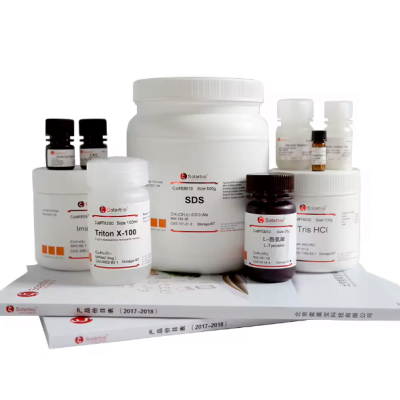
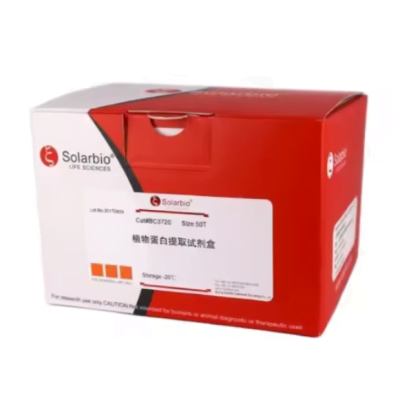
Reseñas
Aún no hay reseñas.